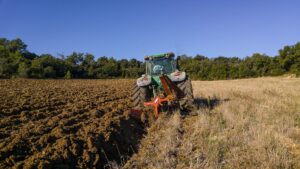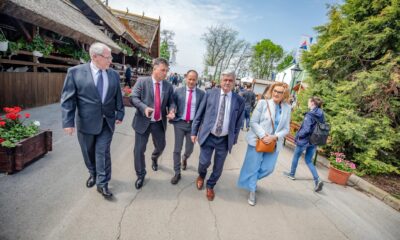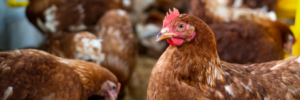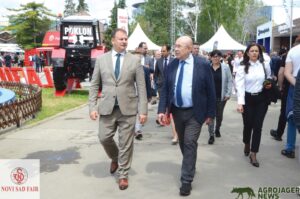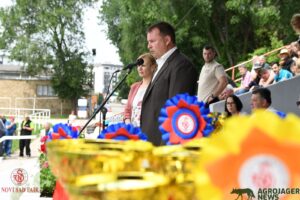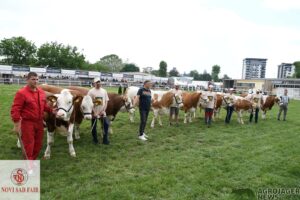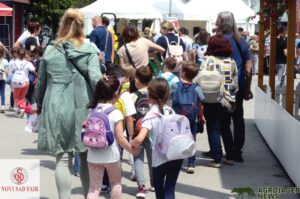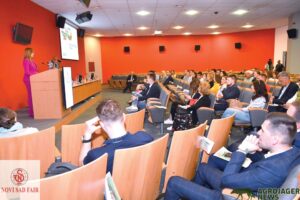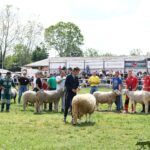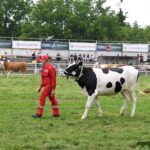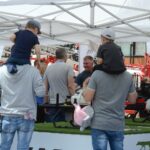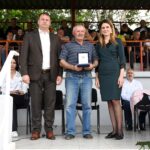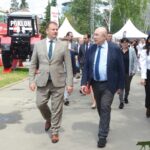
The National Food Chain Safety Office is a state organization with national competence responsible for supervising the safety of the Hungarian food chain (Figure: Nébih)
The state secretary explained that the focus of the inspection is the inspection of the hygienic condition of the restaurants and the traceability of the raw materials. Special attention is paid to the storage of raw materials that require cooling according to the regulations.
During the summer seasonal inspections, food safety inspectors have so far checked 32 beach bars around Lake Balaton. The specialists monitored the hygienic conditions of the establishments, the safety and traceability of the food prepared and distributed.
Dr. Márton Nobilis pointed out that the minor irregularities previously discovered by the experts were typically experienced in connection with the daily documentation management, as well as the lack of documentation proving the use of disinfectant dishwashing detergents and protection against pests. In two cases, it was only necessary to take action due to non-compliance with follow-up rules. Based on the inspections, it can be established that most of the buffets are clean, tidy and operate safely from a food hygiene point of view, he added.
Dr. Helik Ferenc, the deputy president of Nébih, confirmed that the aim of the authority is not to impose as many penalties as possible, but to ensure that customers and consumers have access to safe food in restaurants as well. After the beach buffets, the inspection that is about to start now affects restaurants operating around Lake Balaton. He also drew the attention of caterers to typical errors, such as the preservation of documents certifying the origin of the goods, or the proper storage of products that require refrigeration.
Source: AM



